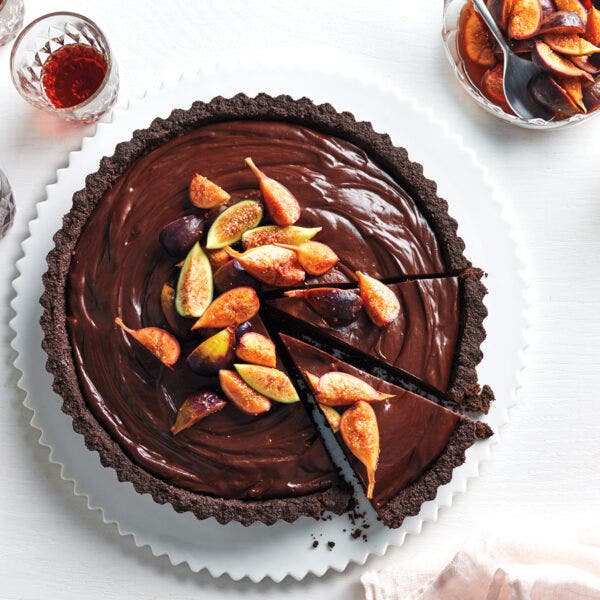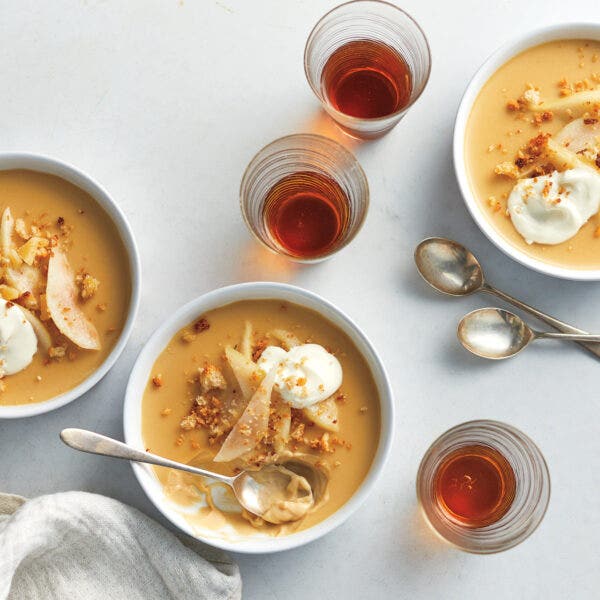What is Mavrodaphne
Mavrodaphne is a red wine grape variety grown in the Peloponnese in Greece. It is best known for producing sweet dessert wine, though it is sometimes used to produce dry wines. The name itself is Greek for “black laurel.” Synonyms or alternate spellings for Mavrodaphne include Mavrodaphni and Mavrodafni.
The Mavrodaphne grape is at home in the vineyards around Pátras, found in the Peloponnese region of Greece. The grapes are dark-skinned, highly aromatic and powerful. Plantings of Mavrodaphne can also be found on the Greek island of Cephalonia, also known as Kefalonia. It is not widely grown anywhere else.
The best known Mavrodaphne wine by far is Mavrodaphne of Pátras, a dessert wine not unlike Port. To produce Mavrodaphne of Pátras, the fermentation begins in large, sun-exposed vats. Fermentation is stopped by the addition of a neutral grape spirit, distilled from the wine of previous vintages.
Interrupting the fermentation prevents the yeast from converting sugar into alcohol, and thus there is residual sugar left over. The grape distillate is also high in alcohol, imparting a higher alcohol-by-volume (ABV) than can be achieved naturally. This process is known as fortification, and is most widely associated with Port and Sherry production. Here, it gives rise to a sweet dessert wine with high alcohol.
Mavrodaphne responds particularly well to extended cask aging following its fortification. This cask maturation follows the solera system of aging and blending, best known in Sherry production. Here, younger wines are blended with older wines to achieve a consistent style.
Mavrodaphne of Pátras is a profoundly dark wine with an almost opaque purple-brown color. It is intensely aromatic, with notes of caramel, chocolate, coffee and dried fruits like raisin and plum. Its high residual sugar makes it luscious and sweet on the palate.
Not all Mavrodaphne wine is sweet, however. Occasionally, winemakers will eschew fortification and opt to produce a dry Mavrodaphne wine. It is more commonly used as a blending component, and not bottled as a single varietal.
There are various similar-sounding—though unrelated—grape varieties with which Mavrodaphne should not be confused. Mavro is a widely-planted and relatively low-quality grape grown on the island of Cyprus. Mavrotragano is a red wine grape native to the Greek island of Santorini, producing quality wines that have been recently gaining in popularity. Mavrud is a Balkan red wine grape variety, at its best in Bulgaria, which produces intense wines that are high in tannin.
To find the perfect dessert wine, use our online Buying Guide to browse highly rated Mavrodaphne bottles. Each type has been sampled and rated by our expert in-house wine testers at Wine Enthusiast Magazine, and shared to help expose our readers to the best wines available on the market.
Mavrodaphne grapes are found in red, and dessert wines.








